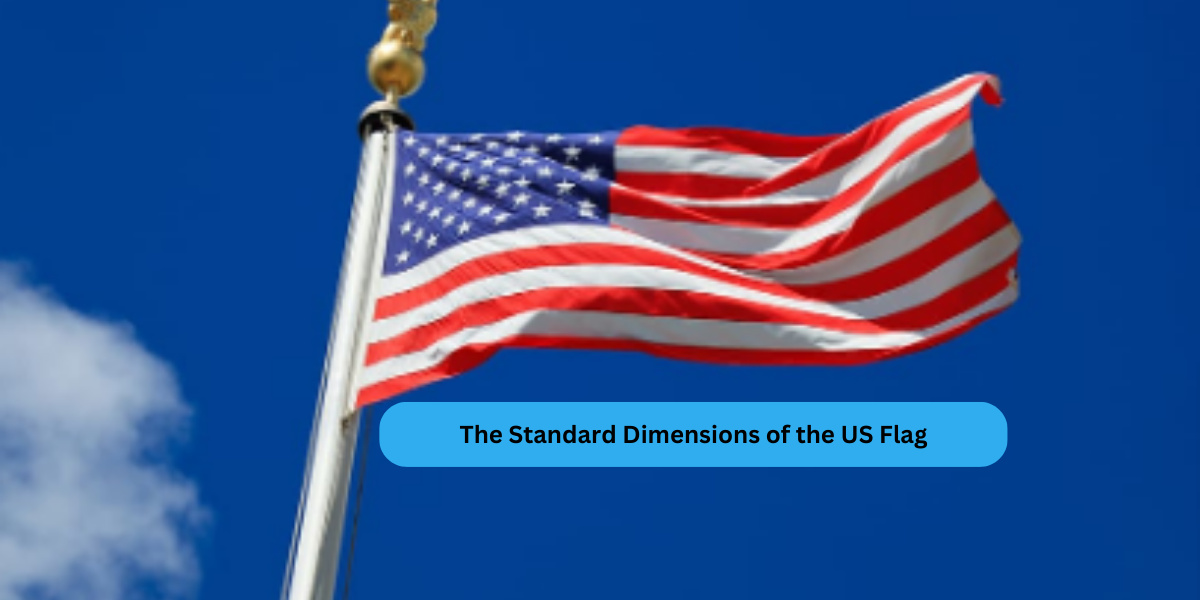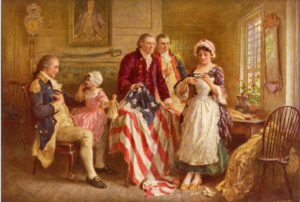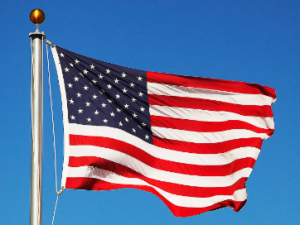The US Flag, often referred to as the “Stars and Stripes,” is more than just a piece of fabric it’s a powerful symbol of freedom, unity, and history. Whether flying high on government buildings, displayed during patriotic celebrations, or used in military ceremonies, the flag’s design and dimensions are steeped in tradition and governed by specific standards. If you’ve ever wondered about the precise proportions of the US flag or its significance, this guide will provide all the answers you need. We’ll cover its history, standard dimensions, usage guidelines, and practical tips for selecting the right size for different applications.
A Brief History of the US Flag
The US flag has undergone several iterations since its inception in 1777. The Continental Congress passed the first Flag Act on June 14, 1777, which established the flag’s design as 13 alternating red and white stripes and 13 stars on a blue field, representing the original colonies. Over the years, the design evolved to accommodate additional stars as new states joined the Union, culminating in the current 50-star version adopted on July 4, 1960.
Standard Dimensions of the US Flag
The proportions and dimensions of the US flag are defined by the United States Code, specifically Title 4, Chapter 1. Here’s a breakdown of the key dimensions:
Proportions and Ratios
The official proportions of the flag are a 1:1.9 ratio, meaning the length (fly) of the flag is 1.9 times its height (hoist). This ensures consistency across all official US flags.
Detailed Specifications
For an official flag, the following dimensions apply (based on the standard 1:1.9 ratio):
Component
Proportion to Flag’s Height
Union (Blue Field):
Height = 7/13 of flag’s height, Width = 0.76 of flag’s height
Stars:
Diameter = 1/13 of flag’s height
Stripes:
Each stripe = 1/13 of flag’s height
Common Flag Sizes
The US flag comes in several standard sizes for different uses:
- 3’ x 5’ (90 cm x 150 cm): Ideal for residential use and indoor displays.
- 4’ x 6’ (120 cm x 180 cm): Suitable for medium-sized poles and outdoor settings.
- 5’ x 8’ (150 cm x 240 cm): Often used for larger poles or government buildings.
- 10’ x 15’ (300 cm x 450 cm): Reserved for monumental poles and significant events.
Choosing the Right Flag Size
Selecting the correct flag size depends on the flagpole height and intended use. Here are some general guidelines:
For Flagpoles
- 15-20 ft poles: Use a 3’ x 5’ flag.
- 25-30 ft poles: Opt for a 4’ x 6’ or 5’ x 8’ flag.
- 35-40 ft poles: A 6’ x 10’ flag works best.
- 50+ ft poles: Consider flags measuring 8’ x 12’ or larger.
For Indoor or Decorative Use
Smaller flags, such as 2’ x 3’ or table-sized flags, are appropriate for indoor spaces, classrooms, or ceremonial purposes.
Importance of Adhering to Standard Dimensions
Using a flag with incorrect proportions can diminish its aesthetic appeal and fail to honor its symbolic importance. For official or ceremonial use, flags that adhere to the US Code’s specifications ensure uniformity and respect for tradition.
Common Questions About US Flag Dimensions
1. Can I use non-standard flag sizes?
While non-standard sizes are available for decorative or personal use, they are not suitable for official or ceremonial purposes. It’s best to stick to standard dimensions for formal displays.
2. Why is the flag’s ratio 1:1.9?
The 1:1.9 ratio ensures a visually balanced and proportional flag, allowing for proper display in various settings.
3. What materials are best for US flags?
Polyester and nylon are popular for outdoor flags due to their durability and resistance to weather. Cotton is preferred for indoor flags or ceremonial purposes because of its rich appearance.
Maintenance and Display Tips
To preserve the flag’s appearance and longevity, follow these maintenance tips:
- Proper Storage: Fold the flag neatly when not in use, preferably in the traditional triangular fold.
- Cleaning: Hand-wash with mild detergent or use a professional cleaning service for larger flags.
- Respectful Display: Follow the US Flag Code for proper handling and display.
- Replacing Worn Flags: Retire flags that are torn, faded, or damaged, and dispose of them respectfully through flag retirement ceremonies.
Conclusion
The US flag is a cherished emblem of the nation, and understanding its standard dimensions is crucial for proper use and display. Whether you’re purchasing a flag for personal, business, or ceremonial purposes, adhering to the official specifications ensures you honor its rich heritage and symbolism. By following the guidelines outlined in this article, you can confidently select and care for a US flag that reflects your patriotism and respect.
If you’re looking to purchase a high-quality US flag that meets these standards, check out our recommended collections. Celebrate the Stars and Stripes with pride and precision!



